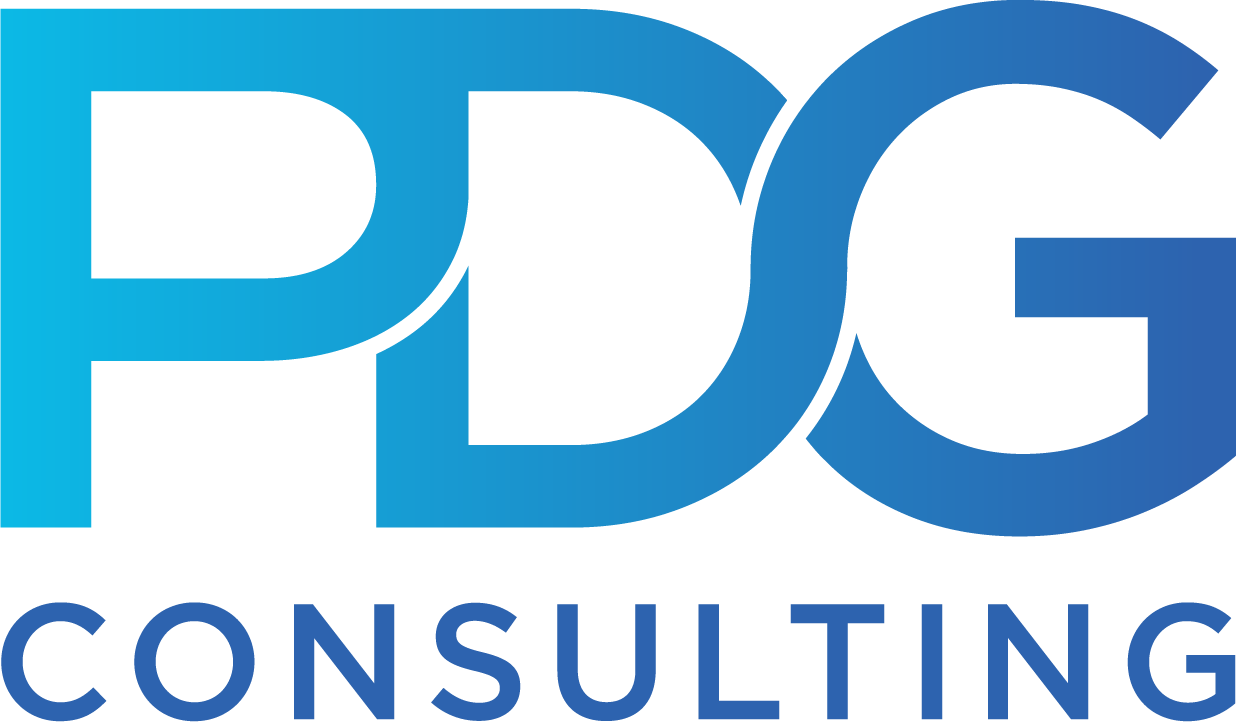Expanding Your Content’s Reach with OTT: A Guide for Media Companies

Although COVID-19 has begun to recede from the daily headlines, the pandemic has already left an indelible impact on how people consume media and information—in terms of news, as well as entertainment, education, and other media categories. Both businesses and consumers alike have adjusted to increased online usage patterns, even as lockdowns have largely subsided.
Suffice to say, the selection, convenience, speed, and ease of access these days make internet-delivered content a hard option to beat for consuming media or content.
The dramatic increase in over-the-top (OTT) media service and streaming use both during and after the global shutdowns may come as no surprise. All the same, many businesses have yet to adjust to the unprecedented pace at which entertainment is moving beyond cable TV, movie theaters, and other traditional venues for consuming entertainment. For media companies, this also means an invariable shift to OTT to address the groundswell of demand for new content.
In this article, we’ll delve into effective methods for content creators, studios, and traditional media companies to expand their content reach via OTT.
OTT for Content Creators and Studios
As opposed to traditional cable-boxed TV or long-form video content, OTT content is delivered over the internet, so any modern device capable of connecting to the internet can be used for viewing purposes.
With OTT, content creators and studios can deliver entertainment and advertising directly to online viewers by way of streaming services. Consumers in turn may view OTT content via a number of platforms and methods: mobile devices, laptops, smart or connected TVs, gaming consoles, and more. Some familiar examples of leading OTT content distribution or viewing platforms include Netflix, Amazon Prime Video, Roku, Disney+, and Hulu, just to name a few.
By virtue of being “over the top,” OTT content creators can bypass traditional TV media outlets and satellite/cable providers—entities that, in the past, held tight reins over media distribution—and reach their audiences at scale directly, without being constrained to predetermined broadcast agendas and schedules, coveted time slots, or geographic restrictions. And with more consumers opting for subscription-based streaming services, content creators and media companies can leverage predictable, recurring business models and an engaged viewership to support the continuous production of quality, engaging content.
The following are the top reasons why content creators and studios should consider OTT for expanding their content’s reach.
Increasing Market Share and Revenue Opportunities
According to Research and Markets, the OTT device and services market is expected to reach $217.5 billion by 2026. This growth is fueled by a myriad of factors, including:
- As mentioned previously, shifts in consumer usage patterns due to the pandemic and related lockdowns
- Continued adoption of virtual reality/augmented reality (VR/AR) solutions for gaming and immersive entertainment
- The ongoing global 5G rollout
- Evolving network services and capabilities that make it possible to deliver high-quality video (e.g., 4K video streaming) faster than ever before
For these reasons, media companies should incorporate OTT into their strategies sooner rather than later to position themselves for capturing increased market share in the foreseeable future.
Expanding Brand Awareness
Expanding awareness and reach is arguably OTT’s strongest suit, as media companies can leverage multiple supporting online platforms and services for additional reach, social listening, and sentiment analysis regarding titles and releases. OTT not only enables direct delivery of content to audiences but also direct, candid feedback from viewers.
Easier Channel Creation
Creating an OTT channel and related media has never been easier. Furthermore, with the plethora of tools, technologies, and hosting platforms available today, media companies and independent content creators alike have the power to create and distribute media on their own terms.
In general, the OTT channel creation process requires the following crucial steps: the development of multiple OTT apps to accommodate varying user devices, building a website for the OTT platform, and identifying the optimal hosting service for the media.
Top Considerations for OTT Channel Creation
Adopting an Ideal Monetization Strategy
Content creators and media companies looking to create their own OTT channels should determine which revenue model to pursue, namely subscription-based or advertising-based. Each model has unique benefits and drawbacks—in opting for one over the other, creators should carefully consider the nature of their specific audience or services, as well as any relevant market trends.
For example, recent market studies reveal that consumers are likely to pay for subscription-based services priced between $20-30, but not more.
Additionally, the perception of “free” with ad-supported services is still strong among the general public, with consumers mostly preferring ad-supported services to subscription-based offerings. Of course, this is rapidly changing. However, in the interim, media companies should consider first building a loyal customer base with an ad-supported OTT service prior to introducing a subscription-based service.
Content Distribution and Optimization
When it comes to content promotion, media companies and creators should look to optimize both the reach of their content, as well as the distribution frequency of any efforts to expand that reach.
For example, new viewer acquisition efforts outside of the targeted/tested audience may yield limited results for media companies. Similarly, overly frequent advertising often leads to viewer ad fatigue and OTT channel brand damage—the opposite of the desired effect.
OTT Advertising Tips and Best Practices
Though OTT is set to usher in unprecedented opportunities for both new creators and established media companies alike, the brave new world of streaming media is not without its pitfalls and challenges.
For example, platforms like YouTube that leverage advertising-based video on demand (AVOD) generate less revenue than subscription-based video on demand (SVOD) services, despite their wide reach. Additionally, since viewers must watch advertisements/ commercials on these platforms, they expect all content on these platforms to be free–even premium content. For this reason, AVOD may not be ideal for established creators and media companies looking to monetize their premium content. Instead, AVOD may be used by new creators looking to build a loyal customer base while still being able to monetize their content with an ad-supported OTT service.
OTT also provides creators and media companies with powerful advertising capabilities that help earn even more revenue for their video inventory such as dynamic ad insertion (DAI) that can help personalize advertising to targeted audiences and expand revenue potential. However, careful consideration should be given to achieve the proper mix of targeting criteria: geo-localization, socio-demographics, behavioral attributes, viewing devices, and more.
In general, media creators can expect a more advanced audience and more nuanced viewing preferences with OTT. For this reason, A/B testing should be an integral component of an OTT advertising campaign’s optimization efforts. Also, viewers may be consuming OTT media from any number of devices, so it’s critical that advertising is formatted for as many operating systems, browsers, and device hardware platforms as possible.
In short, these advertising tips and best practices are just a handful of top-of-mind considerations when expanding your content’s reach with OTT.
To learn more about how media companies are using OTT to expand their reach, visit PDG’s industries page. With a full range of OTT-related service offerings, including application/ OTT platform development and streaming media development, PDG Consulting is ready to answer any questions you have about OTT.
Contact us today and let us know how we can help!
Latest
Liberty Hill and PDG: Visualizing Justice through Data
March 1, 2023
See how PDG's custom data visualization platform is helping Liberty Hill pinpoint the data needed to tell this story and fuel campaigns that aim to end the practice of arresting and incarcerating youth and putting in its place investments in youth development in our newest Customer Success Story.
Proof of Concept: Facilitating the Future of M&E Enterprises in the Cloud
Technology,OTT,Media & Entertainment
February 27, 2023
For media and entertainment (M&E) enterprises, moving to the cloud offers many benefits in future-proofing their frameworks. Learn more from our software engineers about how to properly facilitate best practices for cloud computing in today's article.
The CEMCO Customer Journey | Building A Digital Transformation Roadmap
Digital Transformation,Success Stories,ERP
February 2, 2023
Old technologies being used to run a business and make decisions can be detrimental to financial margins. See how PDG helps North American manufacturing power house, CEMCO, improve their failed ERP implementation with our digital transformation technologies.



